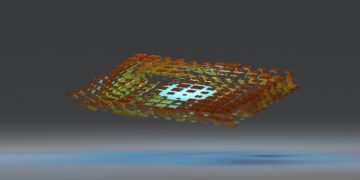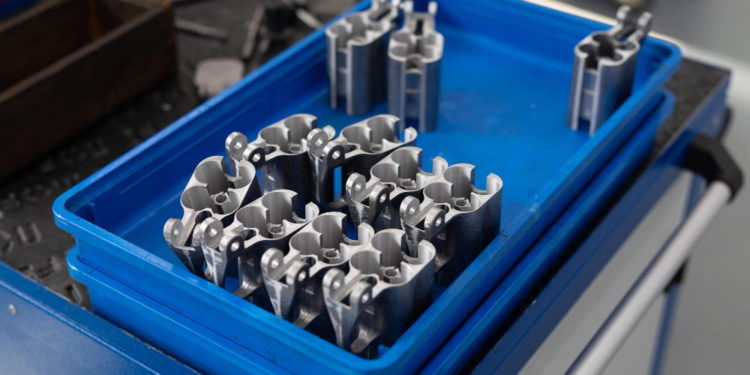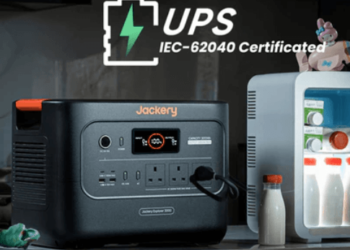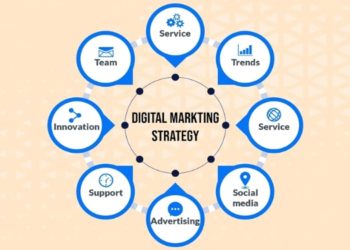The strategic application of technology is hardly novel, yet organisations that capitalise on it with clarity of vision and adaptability continue to gain a decisive competitive edge. Numerous manufacturing firms have implemented injection moulding to produce identical, complex plastic parts at a low cost per unit for disposable consumer goods. Injection moulding isn’t universal across all sectors, meaning it’s more practical for the automotive, electronics, medical and healthcare, industrial equipment, and packaging industries. It’s less suitable in heavy industries that depend on metals or sectors requiring very high heat resistance or structural strength.
Analogous to many manufacturing processes, injection moulding does have some drawbacks, and if these prove to be critical to the success of your project, then you’re better off investigating substitute methods. These limitations may include, but aren’t limited to, high upfront tooling costs, restrictions on part size, and material constraints that make it unsuitable for specific applications. In such cases, alternative approaches like CNC machining, 3D printing, or blow moulding may ensure greater flexibility, lower initial investment, and better alignment with your production goals.
Potential Use Cases Of Injection Moulding Within Your Company
Not long ago, companies offshored a significant portion of their injection moulding, but at present, they’re weighing the benefits of implementing this time-tested process within their facilities. Mergers and acquisitions in the industry are also contributing to growth. Injection moulding offers a compelling solution for businesses seeking to streamline production, reduce unit costs, and maintain consistent product quality at scale. Knowing more about the use cases can shed light on project planning by helping you align production capabilities with market demand, anticipate tooling and material requirements, and estimate ROI timelines.
These are just some of the ways injection moulding can be used for commercial needs:
Product Manufacturing
If you sell physical goods, such as toys, kitchenware, furniture, or packaging, injection moulding allows you to produce items that are consistently uniform in quality, appearance, and performance from one order to another. During the manufacturing process, heated, molten plastic resin is forced into the mould under high pressure and cooled under controlled conditions to form the required component. After the resin solidifies and retains its shape, the core and related components withdraw from the cavity, ejector pins release the finished piece, and the cycle begins again.
Component Production
Even if you don’t sell directly to consumers, you can produce goods in bulk for other companies since you already have warehouses, factories, and supply chain infrastructure in place. By outsourcing their production, these companies can fulfil substantial orders at competitive prices. To ensure success when working with injection moulding, follow the best practices, which focus on simplifying the design, using standardised parts, and optimising for assembly. Put simply, make your product ideal as regards form and function while eliminating common issues in manufacturing, such as poorly trained operators, weak/delayed problem escalation, or superficial root cause analysis.
Brand Customization
Injection moulding can be used to create innovative and original designs by enabling complex geometries, fine details, and reliable excellence, no matter the volume. It goes beyond the aesthetic aspects, zeroing in on problem-solving and pushing the boundaries of traditional thinking. Instead of producing simple parts, injection moulding enables the creation of components that combine multiple functions, such as hinges, seals, or embedded electronics, within a single moulded piece. As the designer, you must define all aspects of the part that are essential to its appearance, tactile qualities, and functionality.
Injection moulding is an excellent manufacturing process for producing branded items like logos, unique shapes, and proprietary designs that differentiate your products. It enables the accurate reproduction of intricate features, including logos, lettering, and branding, integrated into the part’s surface as either embossed or engraved details. Once tooling is finalised, injection moulding empowers the mass production of identical, precision-quality branded parts with exceptional efficiency. Stainless steel is used to produce long-lasting moulds for mass manufacturing, with complex geometries achieved through processes like wire EDM and die-sinking EDM.
Prototyping And Scaling
Injection moulding is widely used for both prototyping and scaling because it allows designers to test products ahead of time, then seamlessly transition to large-scale manufacturing with the same process. As opposed to 3D printing or CNC machining, injection moulding creates high-quality, functional prototypes that can perfectly imitate the final product in terms of material properties, strength, and finish. Thorough selection and testing of fillers and additives are critical to ensuring optimal performance in large-scale manufacturing. Commodity plastics like PEEK (polyetheretherketone) are less expensive, even if they don’t have similar mechanical properties to your intended production materials.
Steps For Implementing Injection Moulding
When stepping into the plastic moulding industry, the very first thing you need to do is to carry out thorough market research to determine which products in your niche would gain the most value from being produced through moulding, which involves analysing current demand trends, identifying gaps in the market, and studying competitors to see which products are thriving and why. For example, if you operate in consumer goods, you might find that certain household items or packaging solutions are increasingly shifting toward moulded plastic due to cost efficiency and durability.
Deciding whether to invest in your own barrel (moulding machine) or outsource to a service provider like HSV TMP depends on your budget, risk tolerance, and, last but not least, long-term goals. Owning a machine requires a higher upfront investment but offers greater control and potential savings over time, whereas outsourcing provides flexibility and is ideal for testing new ideas without heavy capital costs. Either way, you’ll have to collaborate with engineers or designers to create moulds. This is the most significant upfront expense, but moulds can last for hundreds of thousands of cycles.
Ultimately, the key lies in maintaining high standards of quality control and aligning your moulded products with a clear distribution and sales strategy. Irrespective of whether you’re adding moulded components to an existing product line or launching completely new offerings, the process can open doors to efficiency, innovation, and profitability.











































































